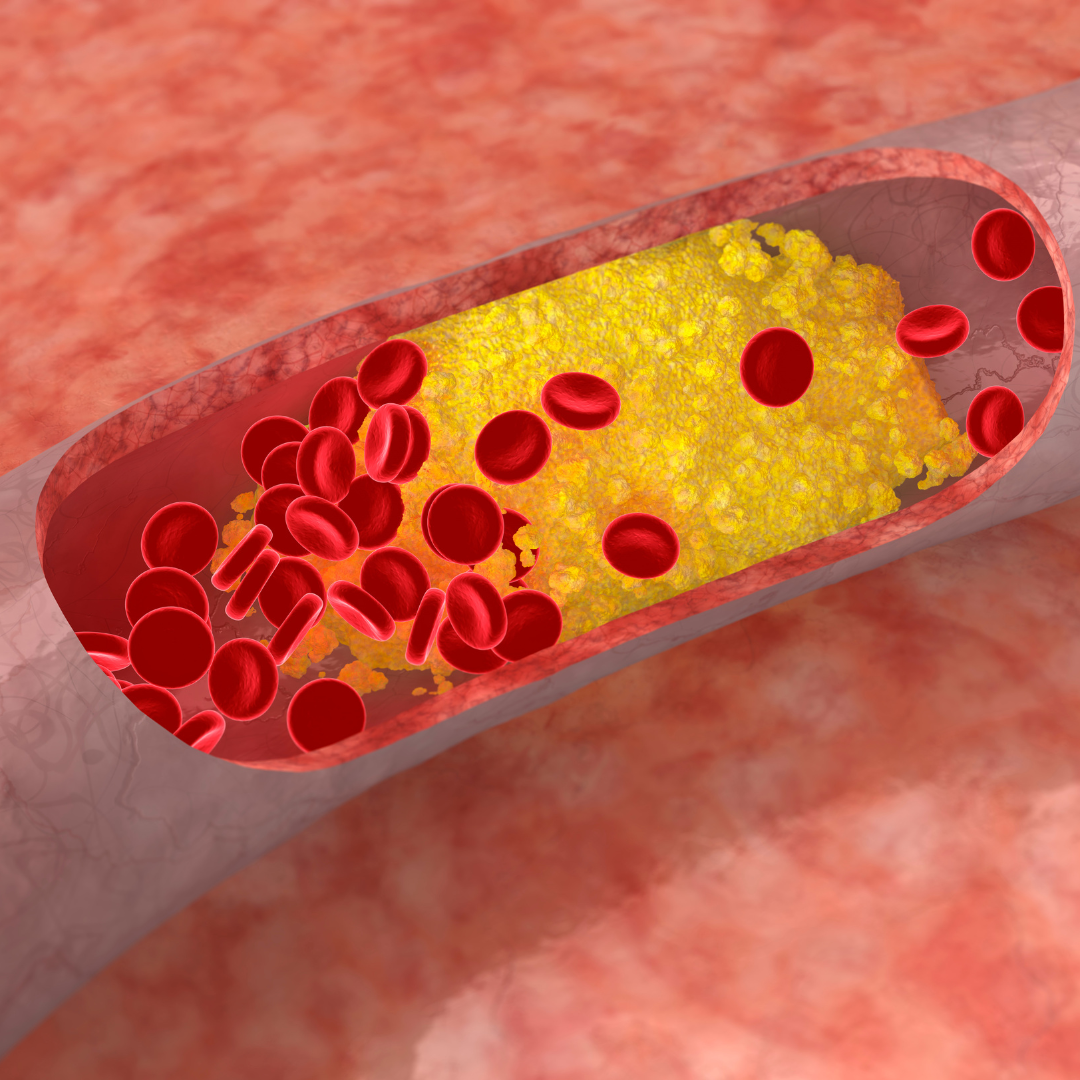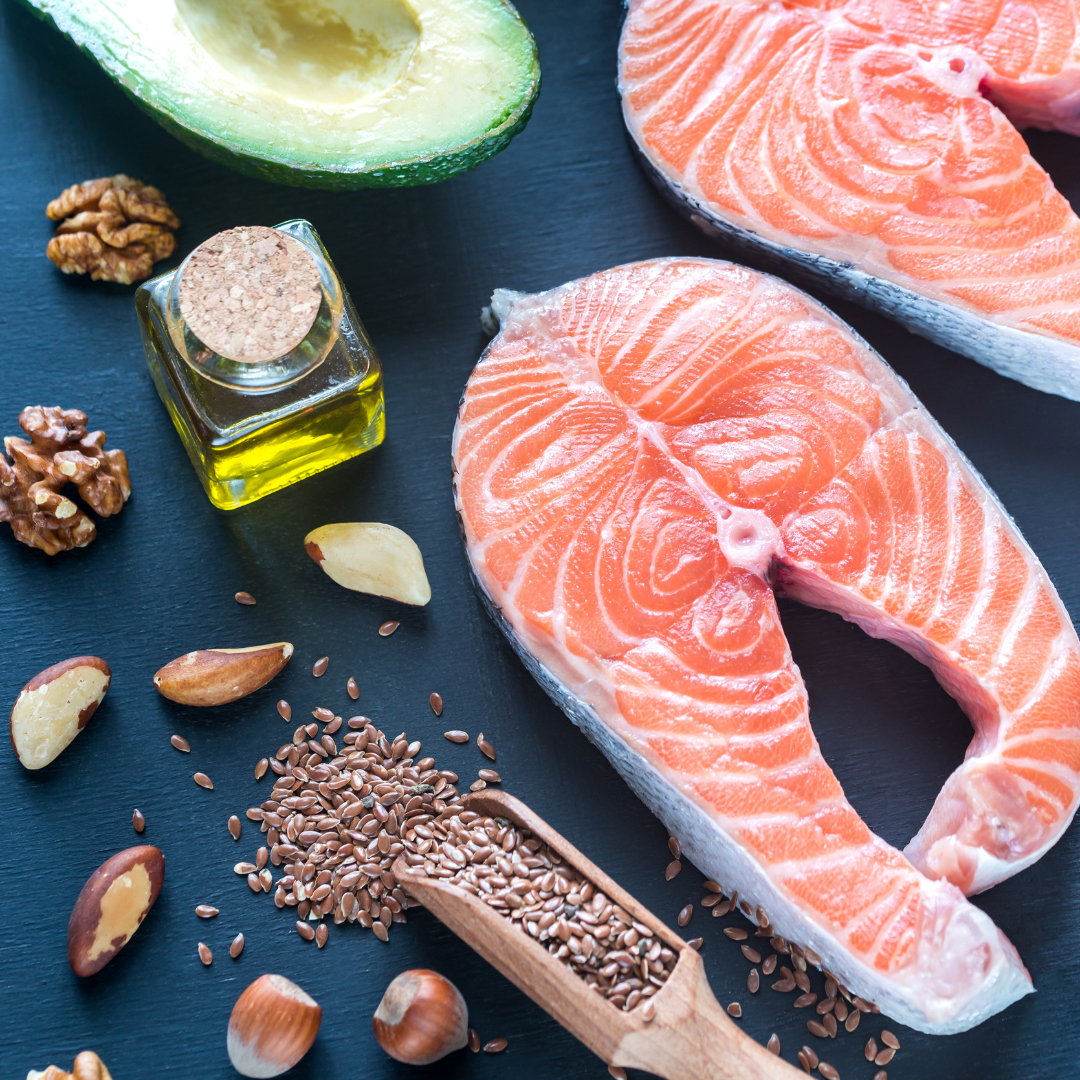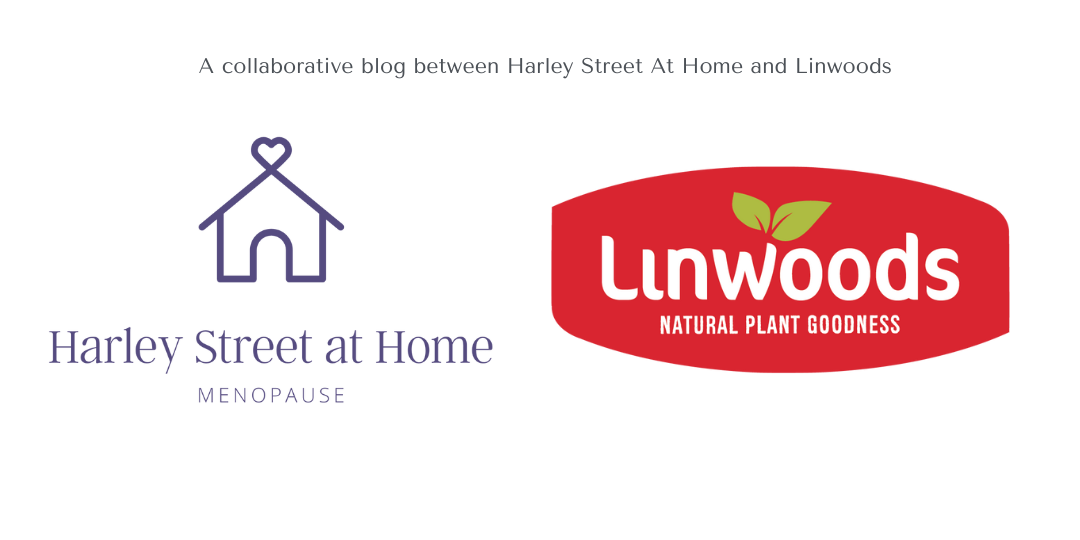Declining oestrogen levels at menopause can bring about not only menopause symptoms, but an increased risk of cardiovascular disease also. Sometimes known as heart disease, this is a health condition affecting the heart and blood vessels, such as coronary heart disease or a stroke.
How many women are affected by cardiovascular disease?
Prior to menopause, women have a lower risk of developing cardiovascular disease than men. As a result, many women, pre- and post-menopausal, believe that they won’t be affected by cardiovascular disease – which isn’t strictly true.
In the UK alone, an estimated 3.6 million women live with cardiovascular disease (1). More specifically, 1 in 14 women will unfortunately pass away due to coronary heart disease, a condition affecting the coronary artery of the heart (1). Not only is coronary heart disease the third reported leading cause of death in the UK (after COVID-19 and dementia), but it’s suggested that twice as many women die from coronary heart disease than that from breast cancer (1).
Why does the risk of cardiovascular disease increase at menopause?

Oestrogen is thought to be cardioprotective – it protects your heart against developing cardiovascular disease. It’s thought this is because oestrogen may play a role in controlling cholesterol levels. Whilst not all cholesterol is bad, it’s important that levels of LDL cholesterol and total cholesterol aren’t too high. LDL cholesterol is referred to as the ‘bad’ type of cholesterol, since it narrows arteries and can block blood flow to areas of the body, in a process called atherosclerosis.
At menopause, oestrogen levels decline. As a result, some of the cardioprotective effects are lost, increasing the risk of cardiovascular disease.
It’s not only declining hormone levels that play a role in the development of cardiovascular disease. The natural process of ageing, in both women and men, causes blood vessels to stiffen. This can increase the likelihood of experiencing high blood pressure, a risk factor for cardiovascular disease.
Additionally, by menopause some women may have a few decades of lifestyle risk factors behind them. A poor-quality diet, sedentary lifestyle, overweight or obesity, excessive alcohol intake and smoking can all contribute towards cardiovascular disease development.
How can you look after your heart health at menopause?
A healthy diet and lifestyle can help you to look after your heart health through menopause and beyond. Here are just three areas of your diet you can consider.
Heart Friendly Fats
Focus on including unsaturated fats in your diet, which when swapped in place for saturated fats have been shown to be beneficial for heart health. Saturated fats are usually found in foods such as biscuits, crisps and processed meats. Unsaturated fats are heart friendly as they help to lower levels of bad LDL cholesterol, whilst maintaining levels of good HDL cholesterol. HDL cholesterol is labelled ‘good’ since it helps remove LDL cholesterol from the body.
In particular, omega 3 is a type of polyunsaturated fat that’s well known for its heart friendly benefits. Omega 3 can be found in oily fish, as well as seeds such as flaxseed and chia seeds. Linwoods’ MenoLigna seed mix contains both flaxseed and chia seeds, offering a good source of unsaturated fats, including omega 3. Seeds, such as the MenoLigna mix, can be easily added to meals throughout the day – from mixing seeds into your porridge or yoghurt, and sprinkling over soups or toast, to stirring into curries and stews.

Fabulous Fibre
It’s not only omega 3 that can be found in MenoLigna, but fibre too. A diet containing plenty of fibre helps with blood sugar level control, which is important in looking after heart health. Fibre also helps keep you fuller for longer, helping with weight management efforts, which can also help control your risk of cardiovascular disease. Other sources of fibre include wholemeal bread, brown rice, rye-based products, oats, nuts and fruits and vegetables.
Eat the Rainbow

Fruits and vegetables are packed full of vitamins, minerals and antioxidants. Antioxidants help reduce cell damage caused by destructive molecules called free radicals. This helps reduce the risk of developing cardiovascular disease.
The easiest way to make sure you eat enough antioxidants is through eating not only your 5-a-day, but by eating a wide range of colours. Reds, oranges, yellows, greens, blues and purples – pack as much colour into your diet as you can. The different colours reflect the different micronutrients and antioxidants that you’ll find in fruits and vegetables. The more colours you eat, the wider the range of nutrients (including antioxidants) you’ll obtain.
In Summary
With reductions in oestrogen levels, the natural stiffening of blood vessels with age and potential years of lifestyle risk factors behind you, heart health is more important than ever before at menopause. Not all hope is lost – through some simple dietary changes, such as including unsaturated fats, fibre and fruits and vegetables, you can nurture your heart for the years to come.
About The Author
This blog has been written by Registered Associate Nutritionist Lucy Jones, who is part of the team at www.harleystathome.com. Harley St at Home: Menopause offers a caring and supportive online community to support women physically and emotionally through their menopause journey. You can find out more about joining here.
The community empowers women with gold-standard, evidence-based and holistic menopause care to help them take control of their own menopause journey and help them thrive, not just survive. Their expert knowledge base and team of experts helps women understand every aspect of their menopause journey from symptoms and treatment options, to lifestyle, wellness and weight management. They help demystify all things perimenopause and menopause, and make sense of the mayhem and confusion that menopause can bring.







 No products in the cart.
No products in the cart.